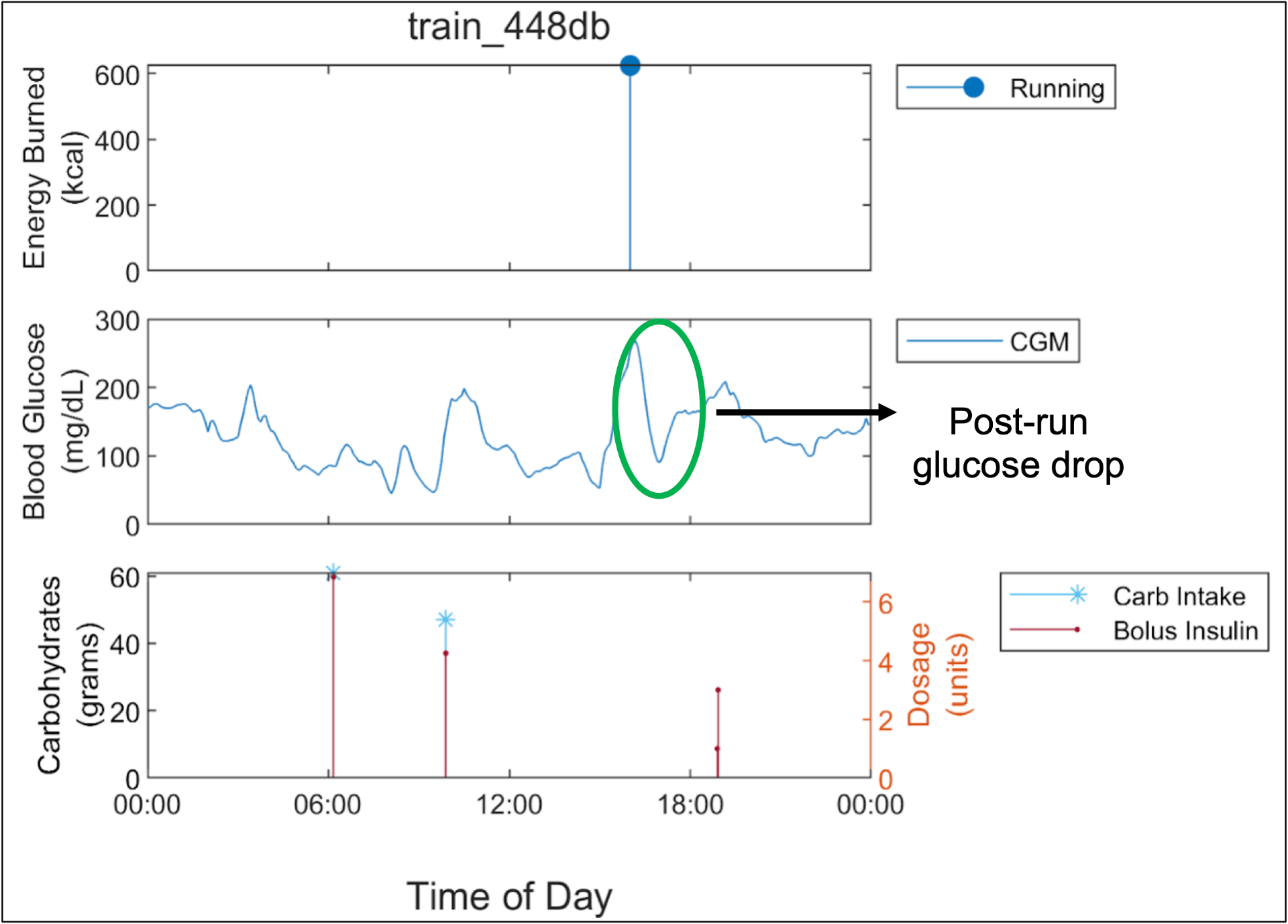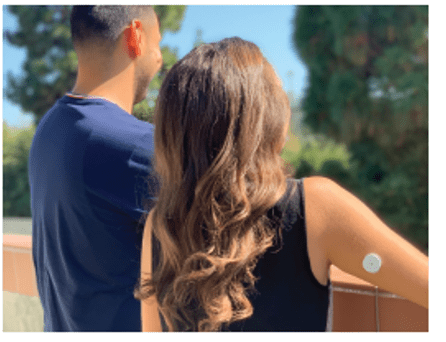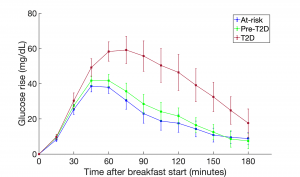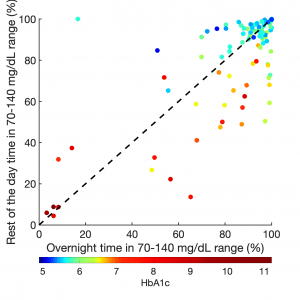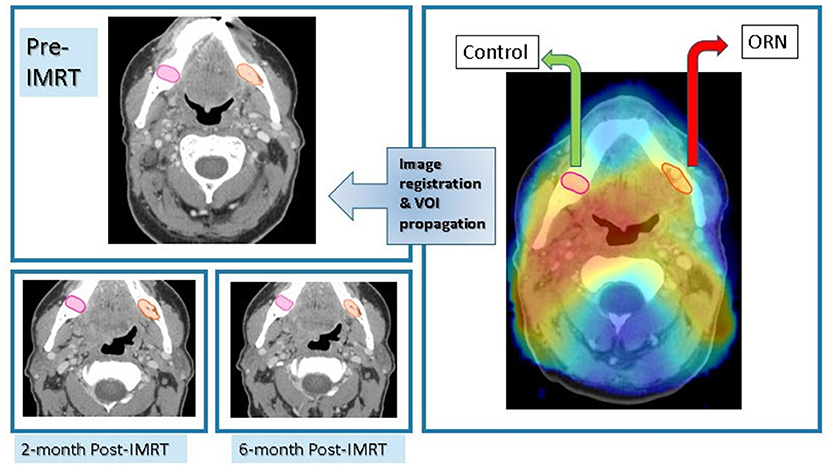Our new manuscript examining the accuracy of Continuous Glucose Monitoring after meals in adults without diabetes has been published in the American Journal of Clinical Nutrition (AJCN). Summary: CGM catches postprandial trends well, however, the accuracy is lower than fingerstick meters. This discordance is important to factor in for CGM-based applications such as precision nutrition and early diabetes detection. Great Rice – Texas A&M collaboration!
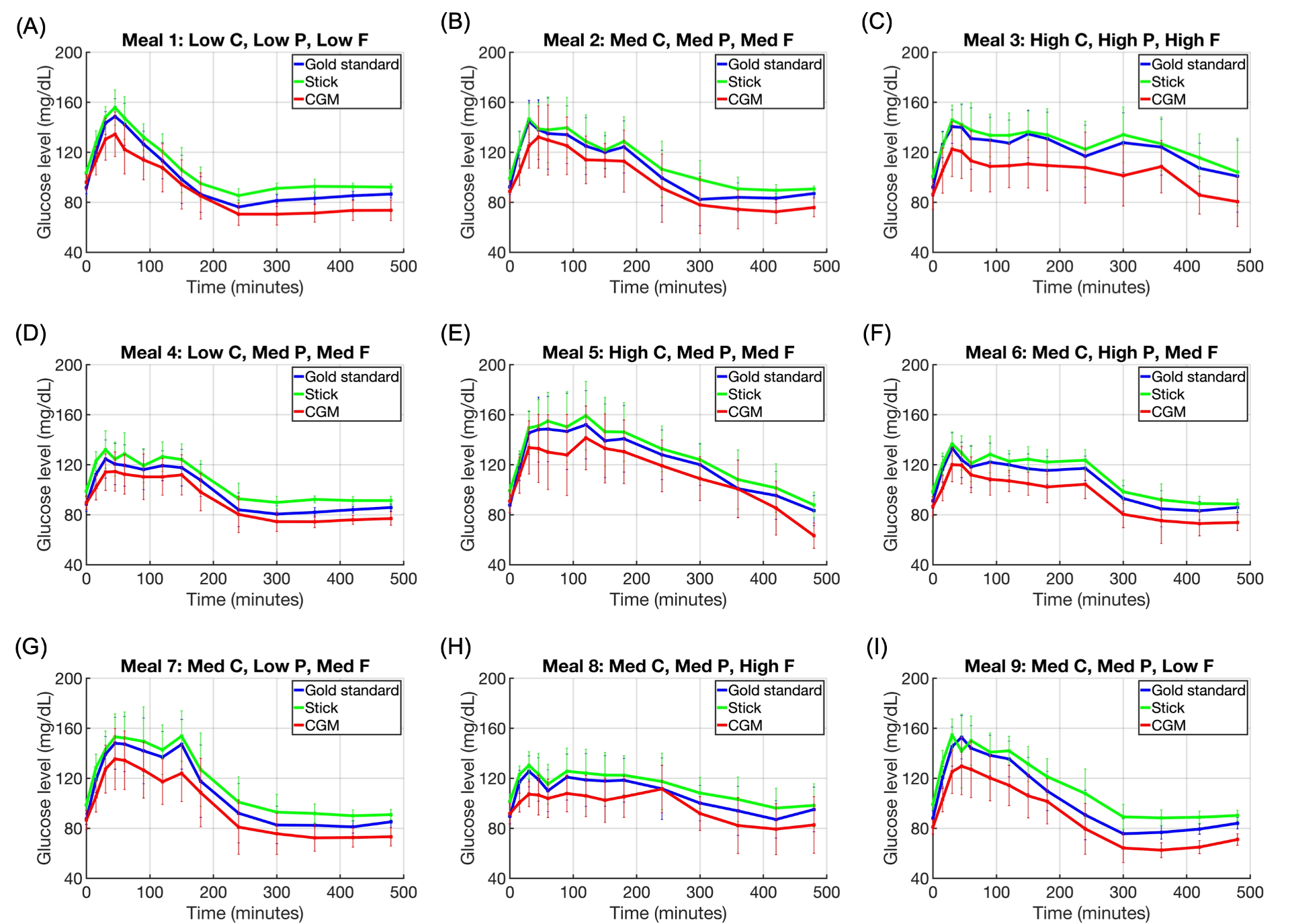
Average glucose responses to meals of different macronutrient compositions using gold standard, fingerstick, and CGM measurements.
The full manuscript can be found here:


